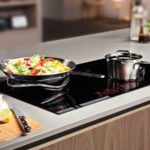The variety of kitchen appliances is currently considerable. If we talk about the hob, then it is hard to believe that the classic dimensional stove has amassed alternatives. Modern cookers are not only excellent in function, they have an extremely modern look. With a successful combination and correct selection, it does not stand out in the kitchen room against the background of other furniture. Especially this approach requires the arrangement of the studio kitchen. Different materials of manufacture, color, etc. will help to combine it with your favorite kitchen set in style.
But, speaking about the main properties, we note that such hobs can be of different types. Electric and induction cookers gained great popularity. To choose the best option, we need to find out which is the best induction or electric hob?
The principle of operation of devices - what is the difference
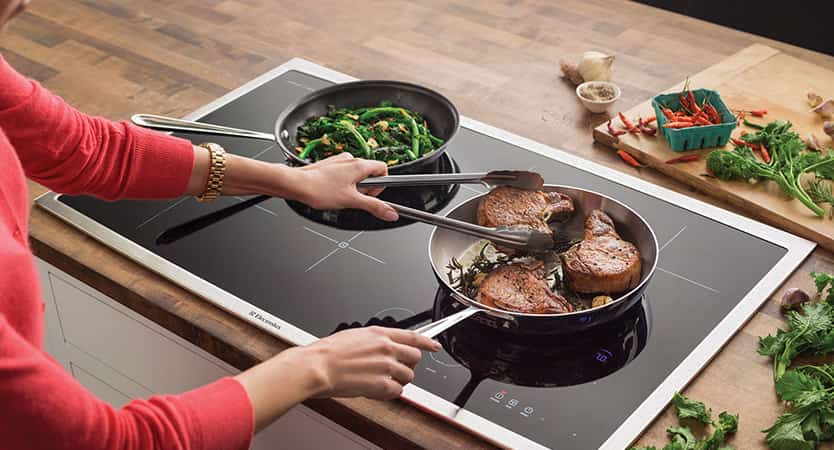
According to the principle of operation, there is a significant difference between the two devices.
Electric cookers work like this: the surface of the stove itself heats up, the heat from which passes to the dishes. That is, you have turned on a specific hotplate, after which the stove begins to heat up. When heated, the plate itself becomes hot. Therefore, you should be careful not to burn yourself here.
Induction cooker does not provide for heating the surface of the plate. Heating takes place with the help of a current transmitted directly to the place of contact between the plate and the dishes. A pleasant feature is that only filled dishes are heated. If you accidentally put an empty saucepan, then nothing will happen. It follows that it is not the surface that is exposed to heating, but only the bottom of the dish and its contents. The principle of operation of the hob entails a number of other features and differences between the hobs.
![]() See also - 10 best glass ceramic hobs
See also - 10 best glass ceramic hobs
Comparison of the parameters of electrical and induction surfaces
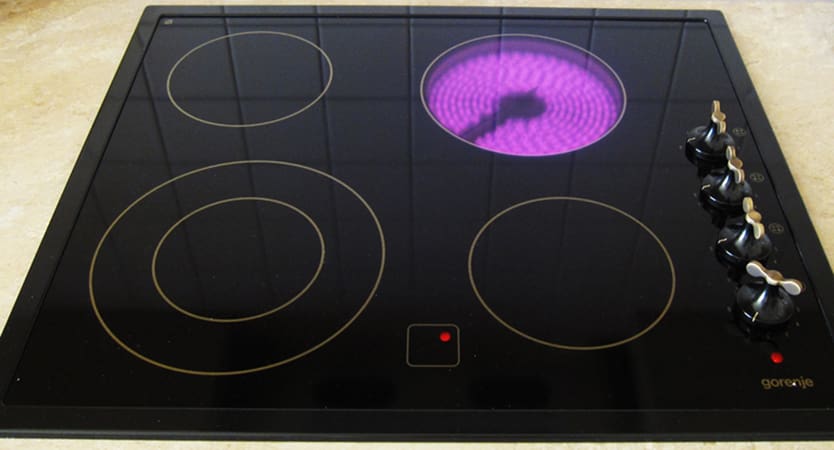
In order for the stove to bring you pleasure not only in aesthetic terms, but also to be a real assistant in the kitchen, which is easy and simple to operate, you should pay attention to the choice. Before choosing one or another option, you should understand what features they have. This is really very important. After knowing all the nuances, you will avoid mistakes when buying. So, consider: an induction cooker and an electric one, what is the difference, what are their properties?
Requirements for cookware
For a conventional electric hob, there are no special requirements for cookware. That is, sufficiently heat-resistant cookware suitable for cooking on the stove: ceramic, cast iron or stainless steel.
With respect to the induction hob, the cookware must be appropriate. Its bottom must be equipped with a special magnetic layer. By the way, now special magnetic stickers are on sale. Therefore, for those unwilling to update the dishes, you can use the method of gluing magnetic stickers to the bottom of the old dishes.
Heating rate
The electric cooker takes longer to heat up.For example, it takes 3-4 minutes to heat its very surface. It will take up to 12 minutes to heat up dishes from it, for example, a saucepan with water.
It will take 3-4 minutes to heat the same pot of water on an induction cooker. And this is a big plus in her favor.
Heating level of the hotplate
If we talk about the electric version, then the heating reaches 400 degrees.
The induction hob burner heats up to an average of 60 degrees. This difference directly affects the amount of electricity consumption. On average, it is 1.5 times more economical in energy consumption, along with an alternative electrical surface.
Instrument safety
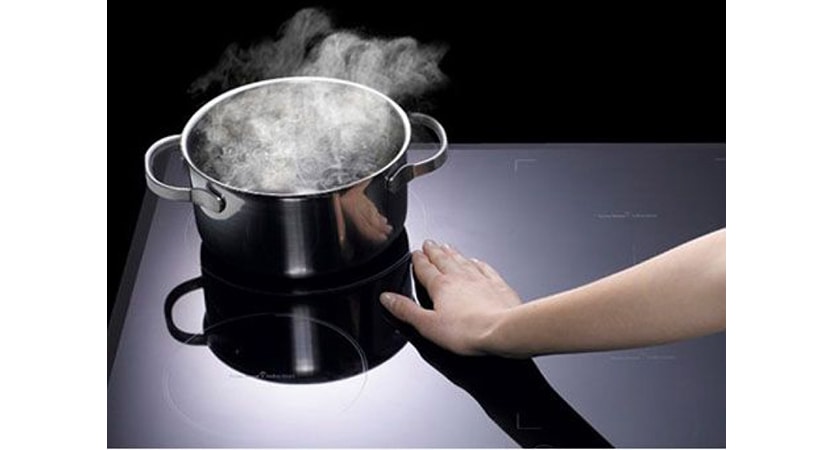
An electric stove, due to the high surface heating temperature, is dangerous in terms of the possibility of getting burned. Any item left on the stove will be exposed to this temperature. The plate is cooled for about fifteen minutes.
The induction option is somewhat safer. A low degree of heating negates the risk of burns. If a plastic device is accidentally dropped or left on the stove, then, probably, nothing will happen to it. Once cooking is complete, the hotplate cools down almost instantly. A couple of minutes and she cooled down.
Automatic shutdown
The electric stove is not so "smart" unit. If you put the pot without water or the water has boiled away, in this case there is no automatic shutdown of heating. At the same time, you can safely leave a certain dish to cook on the stove for a long time and the stove will not turn off on its own.
The induction hob detects an empty container and switches itself off. The same will happen when the water boils out of the dishes. But its thoughtfulness will not allow leaving the dish to stew for a long time. If there is no intervention on your part for a long time, the stove will turn off.
What the device can't handle
The electric stove gets very hot. Therefore, when the milk boils during cooking, it is likely that it will burn on the hot plate. It takes more effort to clean.
The smart induction hob is designed so that it does not recognize dishes with a diameter of less than twelve centimeters. Therefore, if you want to make aromatic coffee in a Turk, then this cannot be done on this stove.
![]() See also - Built-in electric oven: which one is better to choose?
See also - Built-in electric oven: which one is better to choose?
Disadvantages of an induction hob
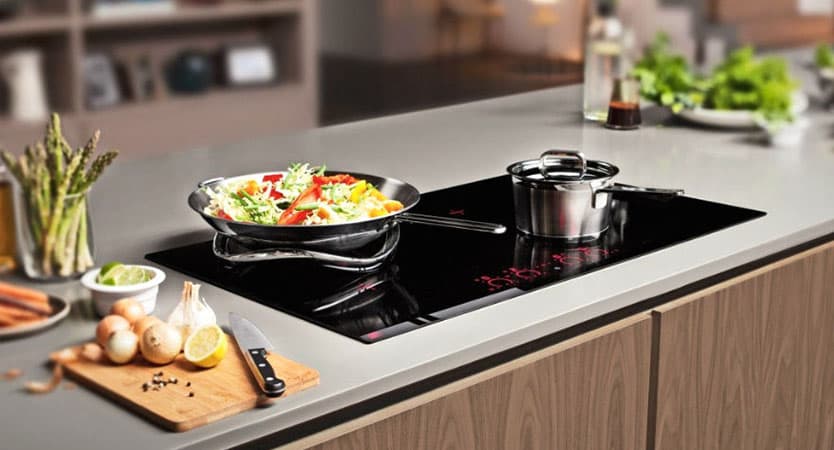
Considering that this type of technology belongs to fairly new technologies, the question of its practicality often arises. In order to finally find out the need for this technique in your kitchen, let's go by identifying all the cons. Consider all the possible disadvantages that this device contains.
- Impact on other household appliances in the neighborhood. And it influences negatively.
- It is assumed that this technique has a bad effect on the body. Although this is not proven, but only an assumption.
- The cost of this technique is significantly higher than the alternative stove. But the price is quite objective, given the newer technology, safety and economical operation.
- There is a risk that several cooking zones that are switched on will operate at a lower power if the hob is equipped with a single generator for all cooking zones.
- The need for reliable and powerful electrical wiring. Considering the load, the wiring should be in perfect condition.
- The need for special utensils is also a stumbling block.
![]() See also - Choosing a silent hood for the kitchen
See also - Choosing a silent hood for the kitchen
What is the best choice?
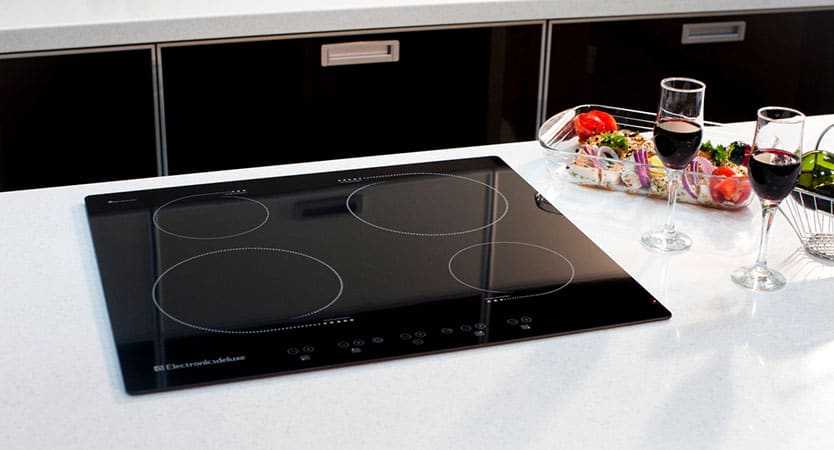
Which hob you choose is electric or induction, the question is quite personal, since it depends on your attitude to all the features of both options. More conservative people, despite the cost of energy consumption, are often closer in spirit to the electric option.People who strive to improve, and, consequently, simplify the processes of using technology, unequivocally give preference to such innovations as an induction surface.
This article is intended to help the consumer find out all the subtleties inherent in this technique, and accordingly make the right choice.
![]() See also - Rating of the best induction hobs according to customer reviews
See also - Rating of the best induction hobs according to customer reviews

